Review
Kia hoping its new larger Rio, with CO2 emissions from 92g/km, will appeal to fleet drivers considering downsizing from the sector above.
Such has been the pace of change at Kia that its model range is virtually unrecognisable from just a couple of years ago.
Last year, for example, new models launched included Sportage, Optima saloon, estate and plug-in hybrid, and Niro.
This year, the manufacturer will replace its Rio supermini and Picanto city car, as well as launch the Stinger coupe.
The Rio is the first of these to arrive, with Kia hoping it will appeal to drivers considering downsizing from the sector above.
Measuring 4,065mm long and 1,725mm wide, it is 15mm longer and 5mm wider than its predecessor, and continues to be one of the largest cars in the B-sector.
A slightly longer wheelbase and front overhang, and a more upright back end also aid interior space, while the Rio is available only as a five-door hatchback due to a lack of demand for three-door models (Kia describes the call for these versions as “miniscule”).
These changes have allowed the manufacturer to give the Rio a chunkier, more mature, appearance. It is a look that suits the character of the car.
The feeling of solidity is carried over into the cabin, which is one of the car’s strong points. Its design is unfussy, with all controls falling nicely to hand. There’s a decent mix of materials with a touchscreen positioned nicely at the top of the centre console.
Front seat passengers have plenty of space, while there is ample room for two average-sized adults to be comfortable in the back.
Boot capacity has also increased 13% to 325 litres, rising to 980 litres with the 60:40 split rear seats folded.
The Rio also offers some attractive efficiency figures. It is available with a choice of six engines and power outputs, ranging from a 77PS 1.4 CRDi diesel to a 120PS 1.0 T-GDi petrol.
Fleets are expected to account for 30% of Rio registrations and the powertrains of most interest to them are the 77PS 1.4 CRDi, which has CO2 emissions of 92g/km and official combined fuel economy of 80.7mpg, and the 85PS 1.25-litre petrol, with 107g/km and 58.8mpg.
The 90PS 1.4 CRDi available to drive at the launch event was a strong performer and its 240Nm of torque meant acceleration was brisk.
It’s refined on the move, too, with road, wind and engine noise amply suppressed. Ride comfort is fine, while the light, direct steering makes urban manoeuvring straightforward.
At launch, Rio is available in four equipment levels – 1, 2, 3 and First Edition – and Kia expects most fleets to opt for level 2.
Standard equipment on this grade includes 15-inch alloy wheels, air conditioning, front and rear electric windows, electric folding mirrors with LED indicator lights, digital radio, a five-inch colour display screen, reversing camera and rear parking sensors.
All models except the entry-level 1 are fitted with autonomous emergency braking and lane departure warning as standard.
This level of equipment, combined with its efficiency and mature feel, makes the Rio a solid all-rounder in a competitive segment.
Specs
| Manufacturer | Kia |
| Model | Rio |
| Specification | Rio Hatch 5Dr 1.4CRDi 76 DPF SS €6 2 6Spd 17MY |
| Model Year | 0.00 |
| Annual VED (Road tax) | £0 |
| BIK List Price | £15,740 |
| CO2 | 92g/km |
| BIK Percentage | 23% |
| Insurance Group | N/A |
| CC | N/A |
| Fuel Type | Diesel |
| Vehicle Type | Small car |
| Luggage capacity (Seats up) | 5litres |
Running Costs
| P11D | £15,740 |
| Insurance group | N/A |
| Fuel Type | Diesel |
| Cost per mile | 51.53ppm |
| Fuel | 6.73ppm |
| Depreciation | 43.45ppm |
| Service maintenance and repair | 1.35ppm |
Rivals
Info at a glance
-
P11D Price
£15,740
-
MPG
80.7 -
CO2 Emissions
92g/km -
BIK %
23% -
Running cost
3 Year 60k : N/A 4 Year 80k : N/A -
Fuel Type
Diesel



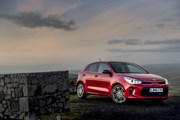


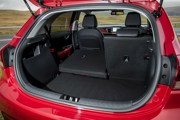
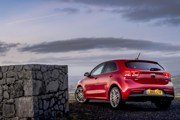








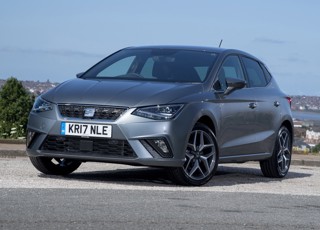
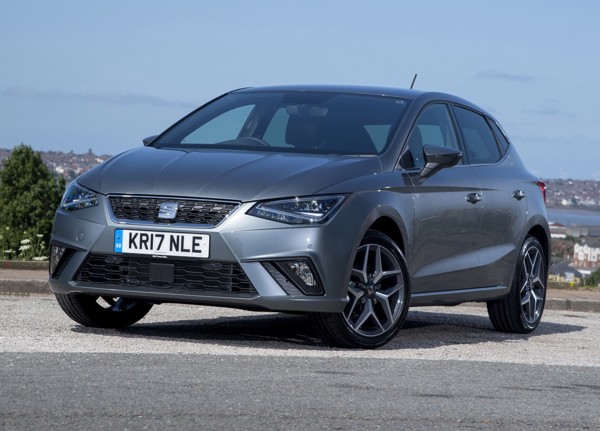
 Diesel
Diesel
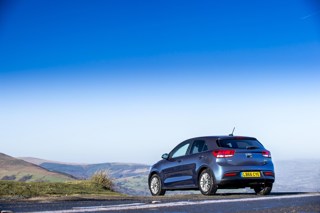
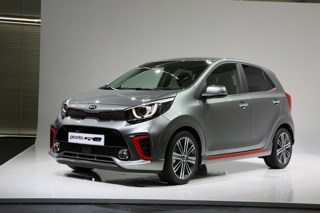
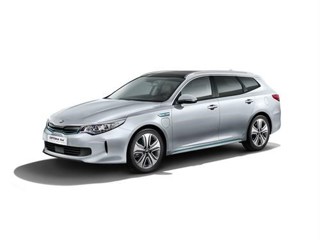
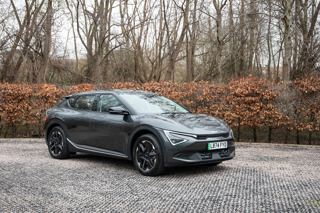













Login to comment
Comments
No comments have been made yet.